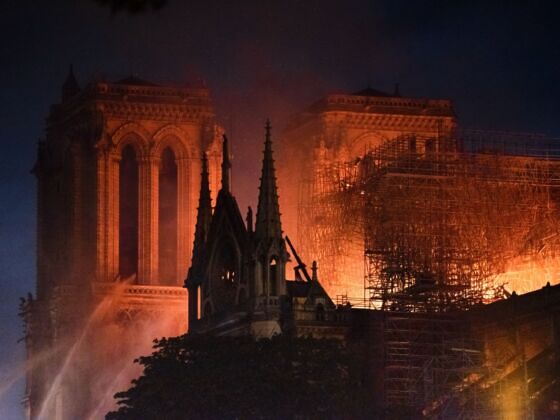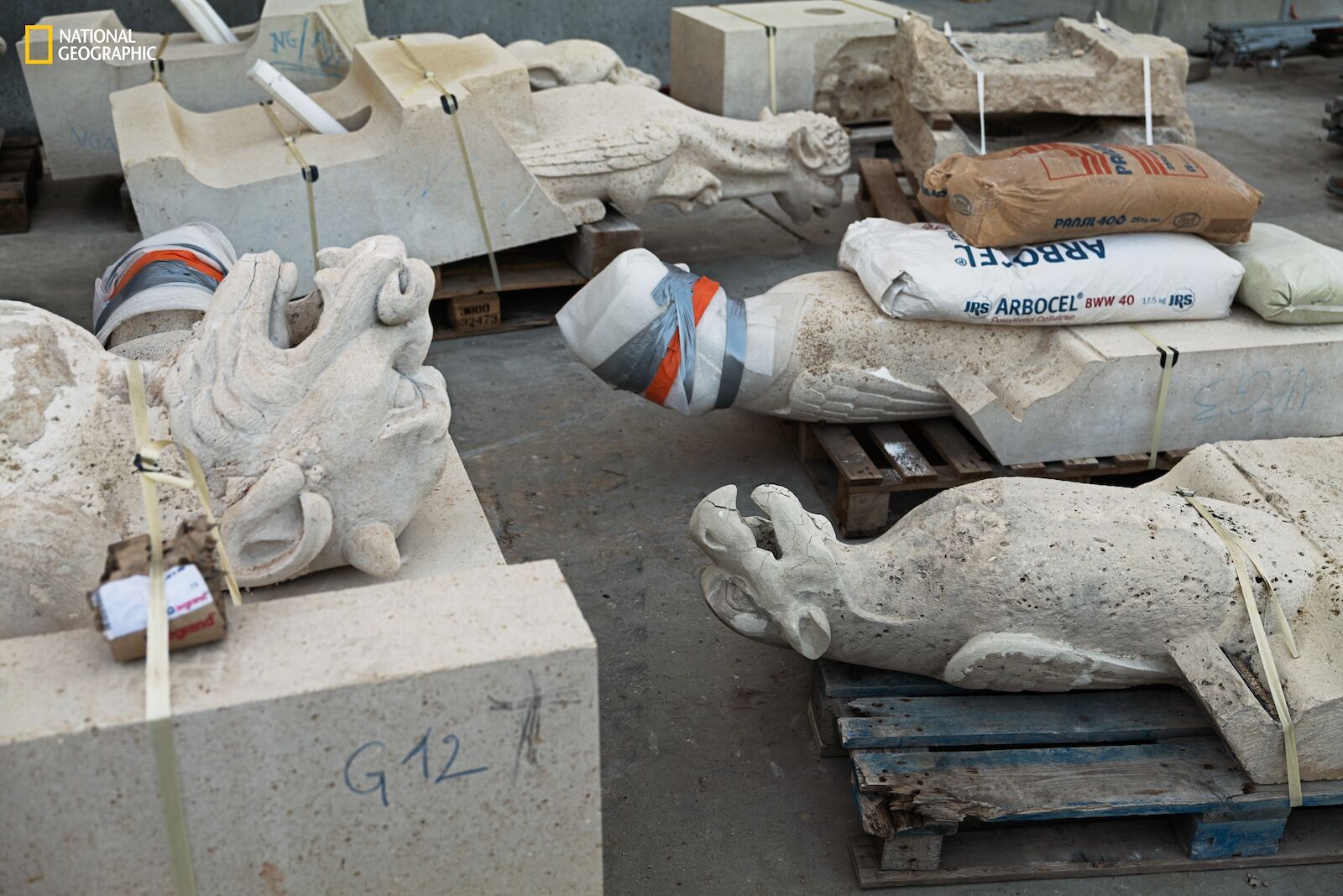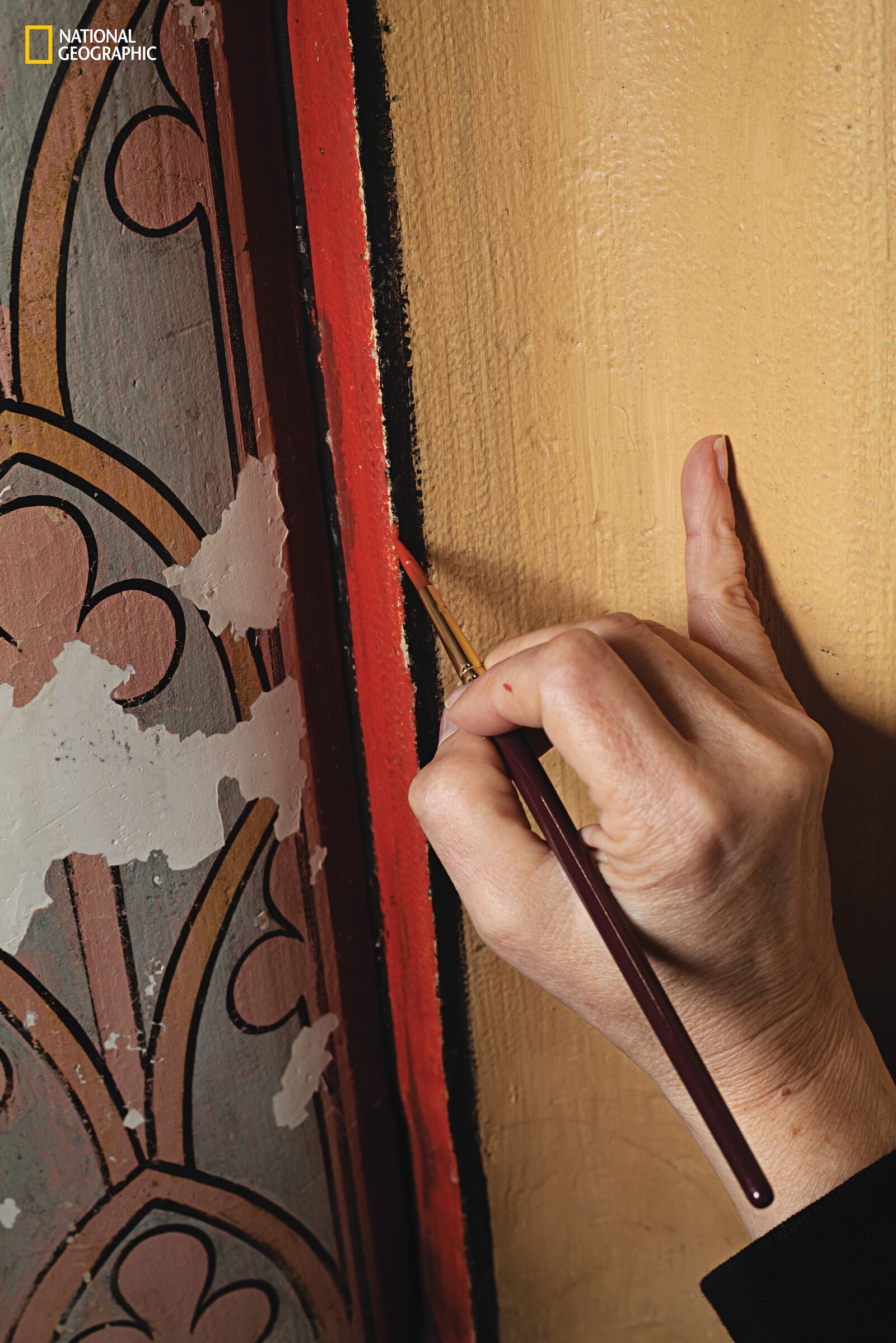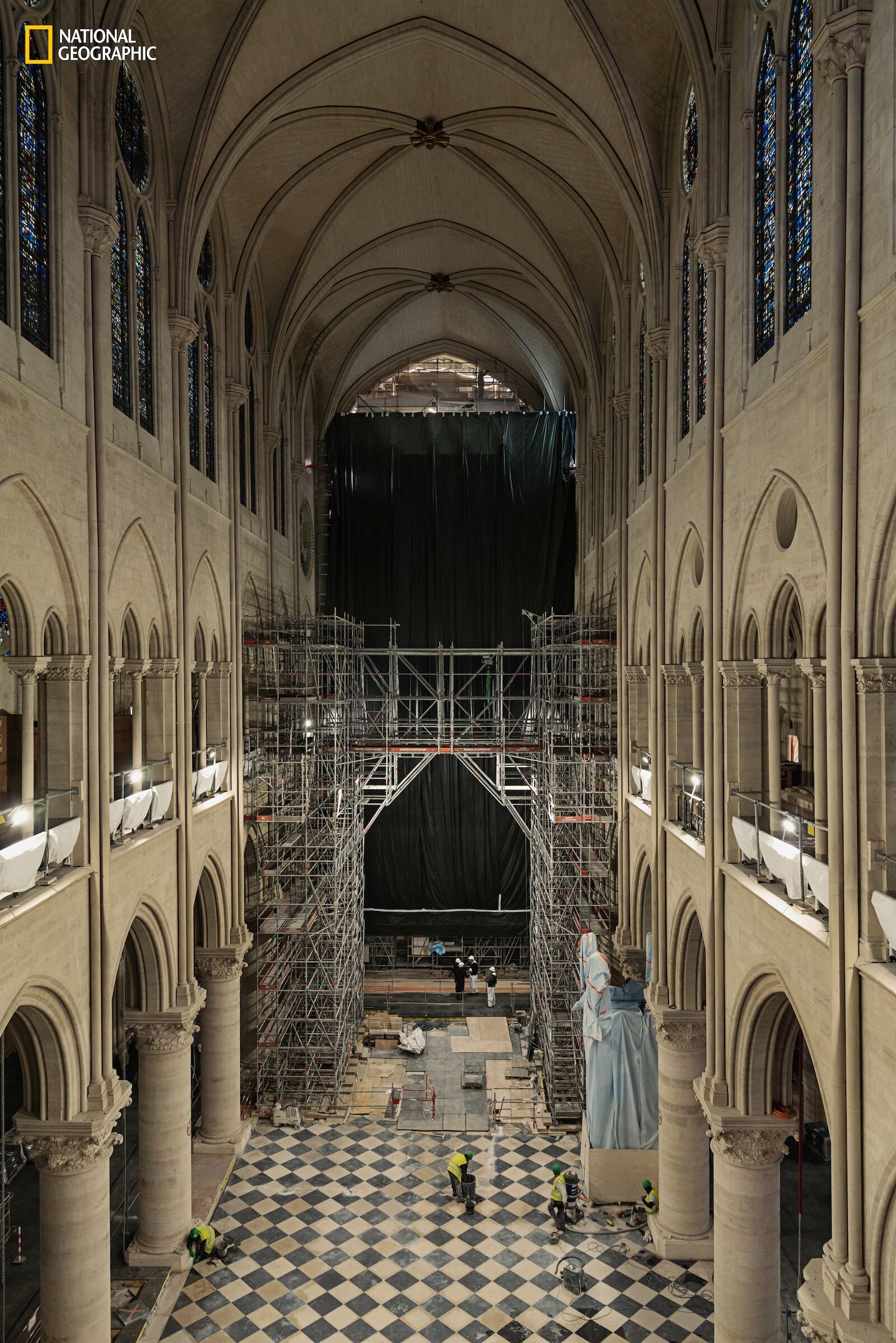Notre Dame Cathedral in Paris is expected to reopen on December 7, 2024, following a five-year closure caused by a massive 2019 fire. The April 19 event captured the world’s attention, with the cathedral’s iconic spire collapsing less than two hours after the fire was discovered. Firefighters worked for more than 12 hours to control the flames and ultimately saved the main structure, including the bell towers and many of the cathedral’s treasured relics. However, the roof, much of the upper stonework, and the spire were completely destroyed.


See Brand New Photos From Inside Notre Dame, After the Fire That Nearly Destroyed It
Investigators aren’t sure how the fire started, though they think it began in the attic. The historic building was full of centuries-old wooden beams to support the roof, which provided plenty of fuel for the fire to rapidly spread.
In the days following the fire, French President Emmanuel Macron vowed to rebuild the cathedral, setting an ambitious timeline of five years. By the end of 2019, donations from individuals, corporations, and governments had reached nearly 1 billion euros. The reconstruction project, however, faced significant challenges, including debates over whether to restore the cathedral to its original design, or incorporate modern elements. Ultimately, authorities decided to rebuild the spire as it was, using a design by 19th-century architect Eugène Viollet-le-Duc.
Restoring the cathedral has been a massive project and one done mostly outside of the public realm — until recently. In late summer of 2024, a photographer with National Geographic was allowed to go inside to photograph the Notre Dame repairs as they neared the end of the renovation process. NatGeo was the only publication given that level of access, and the photos published in the magazine’s December 2024 issue highlight the country’s labor of love to rebuild its beloved cathedral (and popular tourist attraction).
National Geographic grated Matador Network the opportunity to publish some of the most exciting photos from the almost-finished Notre Dame repairs.
A protective gaze

Photo: Thomas van Houtryve for National Geographic
Above: High atop the bell towers, many of the beloved grotesques added by 19th-century restorer Eugène-Emmanuel Viollet-le-Duc overlook the city. The one in the foreground is known as “Le Stryge.” Notre Dame features both grotesques, which are decorative, and gargoyles, which double as rainspouts. Masons took damaged gargoyles down to be repaired, setting some alongside newly sculpted replicas, shown here waiting to be hoisted into place.

Photo: Thomas van Houtryve for National Geographic
Above: At the top of the vaulted ceiling, a gilded angel adorns the oculus (the stone ring at the apex of the chamber and transept crossing). The key structural element was part of an area where the original spire had pierced the original ceiling as it fell. Once the repair scaffolding was dismantled, the opening was sealed, and the oculus rebuilt.
Hallowed interiors

Photo: Thomas van Houtryve for National Geographic
Above: The 19th-century religious wall paintings in the side chapels of the choir survived, but were carefully cleaned and restored, as illustrated by the fine brushwork inside the Sainte-Madeleine Chapel, dedicated to St. Mary Magdalene.

Photo: Thomas van Houtryve for National Geographic
Above: Notre Dame’s nave, seen here from the organ balcony at the west front, is cleaner and brighter than anyone alive has seen it before, thanks to a latex application that peeled away the soot and lead. “People won’t recognize it,” said Marie-Hélène Didier, a conservator who monitors the restoration for the culture ministry.
Here’s what the nave looked like before the fire:

National Geographic Magazine Cover, Dec. 2024. Photo: National Geographic
For more details on the extensive Notre Dame repairs, as well as more photos, read the complete article on NatGeo.com.